Insights
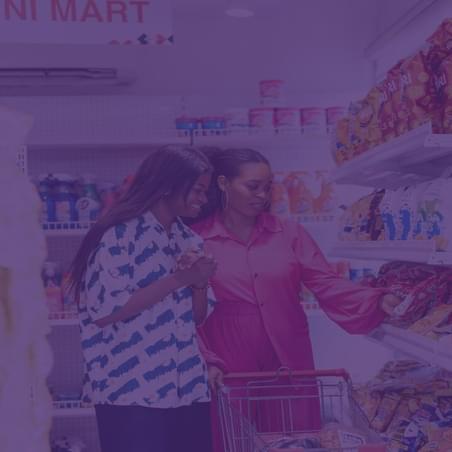
06 Jan, 2026
Beyond Trend Hunting: Five Shifts Worth Betting On in 2026
Read More
Andrew Wardlaw
16 Jul, 2024 | 9 minutes
It’s widely acknowledged that recent economics have been benefiting store brands. In a survey by the U.S Food Industry Association, more than two-thirds of Americans who claim to be buying more private label products are doing so because of price – and more concerning than this is the finding that 47% are buying more because they believe that store brands offer better quality.
For episode one of a brand-new podcast, I mobilized a whizzy video insights tool offered by MMR Research so that I could delve deeper into the mindsets of today’s shoppers, asking a cross-section of U.S. and U.K. shoppers to replace favorite branded products with store-brand equivalents. Their experiences were then captured on video, and are shared below. Meanwhile, illustrations of all the products mentioned in this article are shown at the end of this article.
So, here’s a selection of people’s stories. Most underline the dynamics behind the continuing rise of store brands and may offer additional ammunition for brands to fight back.
For Christine, Lucky Charms is synonymous with her childhood, presenting a tall order for Walmart ‘equivalent’ Magic Treasures, which she opted to try. The great news for General Mills is that Christine’s emotional ties to this breakfast icon block any prospect of a permanent switch, but she did concede that since her daughter had happily munched through the store brand, she might consider buying both in the future, keeping Lucky Charms all to herself. Should Christine's experience be replicated in households across America, then General Mills might expect downward pressure on the overall weight of purchase.
With her bond with Lucky Charms linked to early life experiences, and exposure to brand advertising, how will this play out for a new generation who have not been exposed to the same level of consistent messaging? Scott Galloway, in his book Post Corona, suggests that many multinationals are still propped up by years of advertising, but not for much longer? indicating an elevated role for product experience in maintaining brand share.
When asked to try a store brand equivalent, Callum was flabbergasted by the price difference between his usual purchase (Flash. £2.50, U.K) and Tesco’s equivalent (85p). In terms of product experience, things started well for Procter & Gamble – its nozzle operation was vastly superior to the Tesco product, which was ‘far less direct’ in its application. However, Callum admitted that the result was ‘exactly the same’ and that he would struggle to justify the higher ticket price of Flash in the future.
Recently Procter & Gamble has talked a lot about the importance of product theatre, including ‘first use wow’. They recognise that liquid superiority (even if it can be achieved) is no longer enough. Based on Callum’s experience, is there more that can be done to shift his perception of the end result? At a time when there are no bad products anymore, what sounds, textures, aromas, and visual effects can brands deploy to maintain an edge?
Michelle is a fan of ‘Phily’ Light (£2.20) even though she recognizes that 'it’s not that long-lasting’. With most consumers believing store brands to be at parity in terms of quality and delivery, it was no surprise to hear Michelle speculate that it was unlikely that she’d notice any difference when she switched to Tesco’s 50% Less Fat Soft Cheese (£1.30). And that’s exactly how it played out. Her verdict? Philly would still be favored when it’s ‘on deal’ but she would happily use both ‘interchangeably’ in the future.
With so much information readily available, consumers have become much more circumspect in their relationship with brands. In recent years, this has manifested in people calling out so-called shrinkflation. In this example, I suspect that Michelle will soon discover that the cheaper Tesco product is actually 35g bigger than the brand (200g vs. 165g for Philadelphia.) The pressure on brands to reduce costs will no doubt continue, but at what price?
Investing in finding meaningful ways to add value to counter private label may need to be stepped up, because how sustainable is a scenario where the brand costs more for less, and the experience is perceived to be the same?
Robbie typically goes for Schweppes Lemonade (£1.45 for 2 litres). It’s a brand that has earned his trust, with great flavour and its ability to complement alcohol. When asked, Robbie chose ASDA Lemonade (60p for 2 litres) as an equivalent. In this case, the store brand was considered to be lower in quality – somewhat lacking in lemon flavour. However, the fact that the store brand was less than half the price of Schweppes meant that Robbie was content. “I think for the kids, they won’t really care anyway, so I’ll give them the [store brand]. I’ll probably pick up the Schweppes for special occasions.”
This example reveals another layer to the battle between brands and private label. In cases where the shopper is not buying for themselves specifically, private label appears to gain an advantage. I am reminded of a lady I met in research a few years back. She confessed that she bought supermarket own brand teabags for her family and paid extra for the perceived exclusivity of Twining’s for herself. Schweppes are clearly onto something with its flavour profile, but what other rituals could be engineered so that fear of missing out (FOMO) is increased. In 2023, Fanta amplified certain fruity notes so that the end result is ‘even more Fantary’ – making it more difficult for consumers to switch.
Leah loves to cook and has been routinely buying Dolmio Creamy White Sauce (£2.50 for 470ml) and reported no issues finding a store-brand equivalent. She decided upon Tesco’s White Lasagna Sauce (47p for 340g). Her expectations were that the store brand would be a pale imitation – less creamy; less flavorful. And in this instance, her predictions came to pass, with the Tesco contender seemingly lacking in flavor, and insufficient in size.
For Leah, and others like her, Lasagna is a bit of a family treat and in this case, the Mars-owned brand clinched it because it was simply more flavorful. ‘When we have it, I want it to be really nice. I think I’ll be going back to the Dolmio Sauces.’ It’s just one more reason why many brands must continue to benchmark their ranges to ensure that they maintain an advantage of that number one driver of preference: taste
These shopper testimonials demonstrate that people are reluctant to pay more for products that essentially do the same job.
Advertising can still play a role in building perceived brand value, but the continuous fragmentation of the media landscape, coupled with the challenge of getting audiences to pay attention all point to greater investment into the tangible aspects of the brand experience - developing products that are more distinctive and (crucially) more memorable.
Even financially stretched Gen Z recognize that brands like Sprite and Doritos have a definite edge over supermarket brands and point to product signatures that simply cannot be matched. In recent research by MMR, the liquid experience of Sprite was deemed to be ‘spicier’ than store brand equivalents. Similarly, Doritos chips were perceived to be unique ‘from the inside out’.
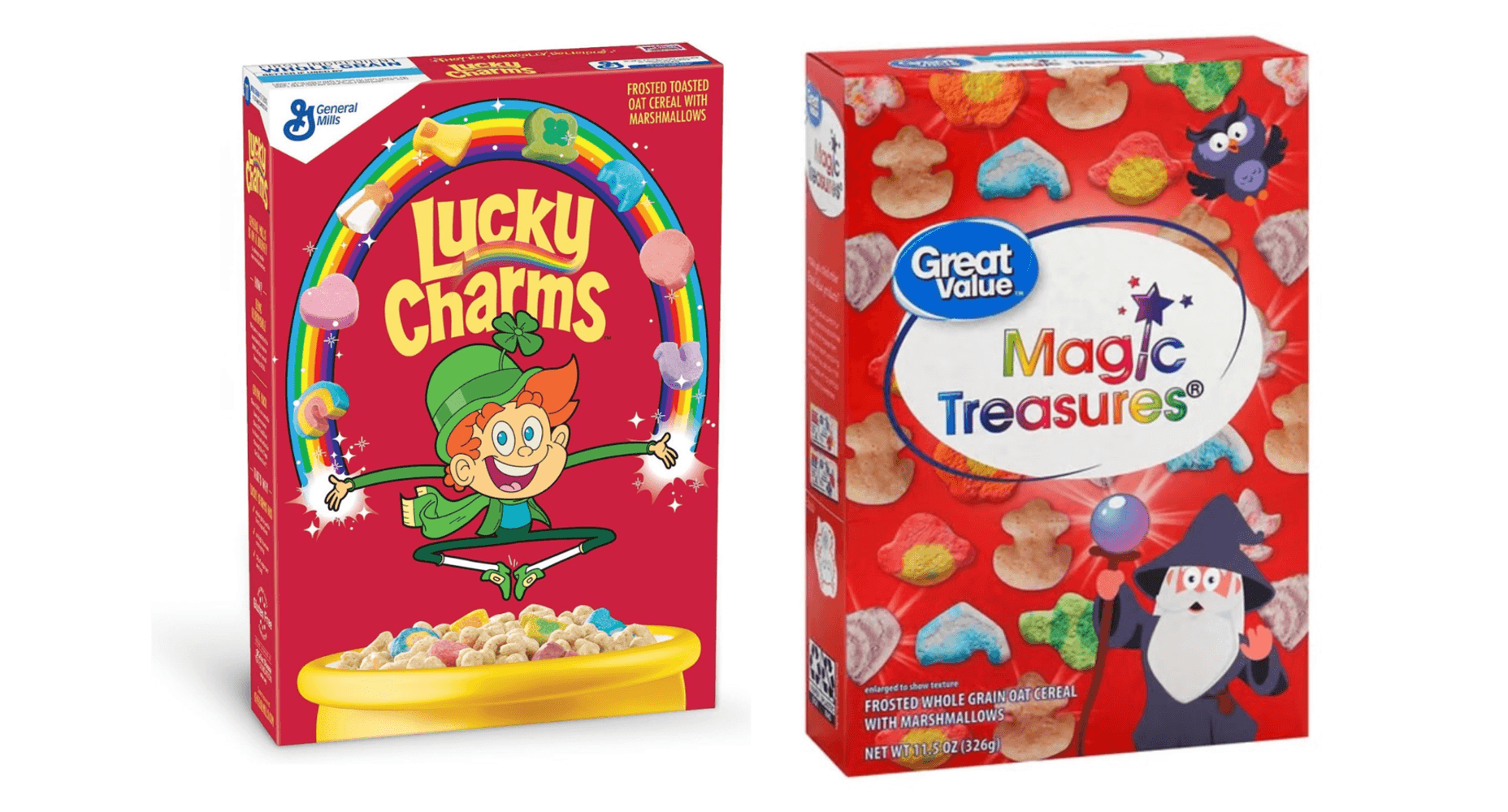
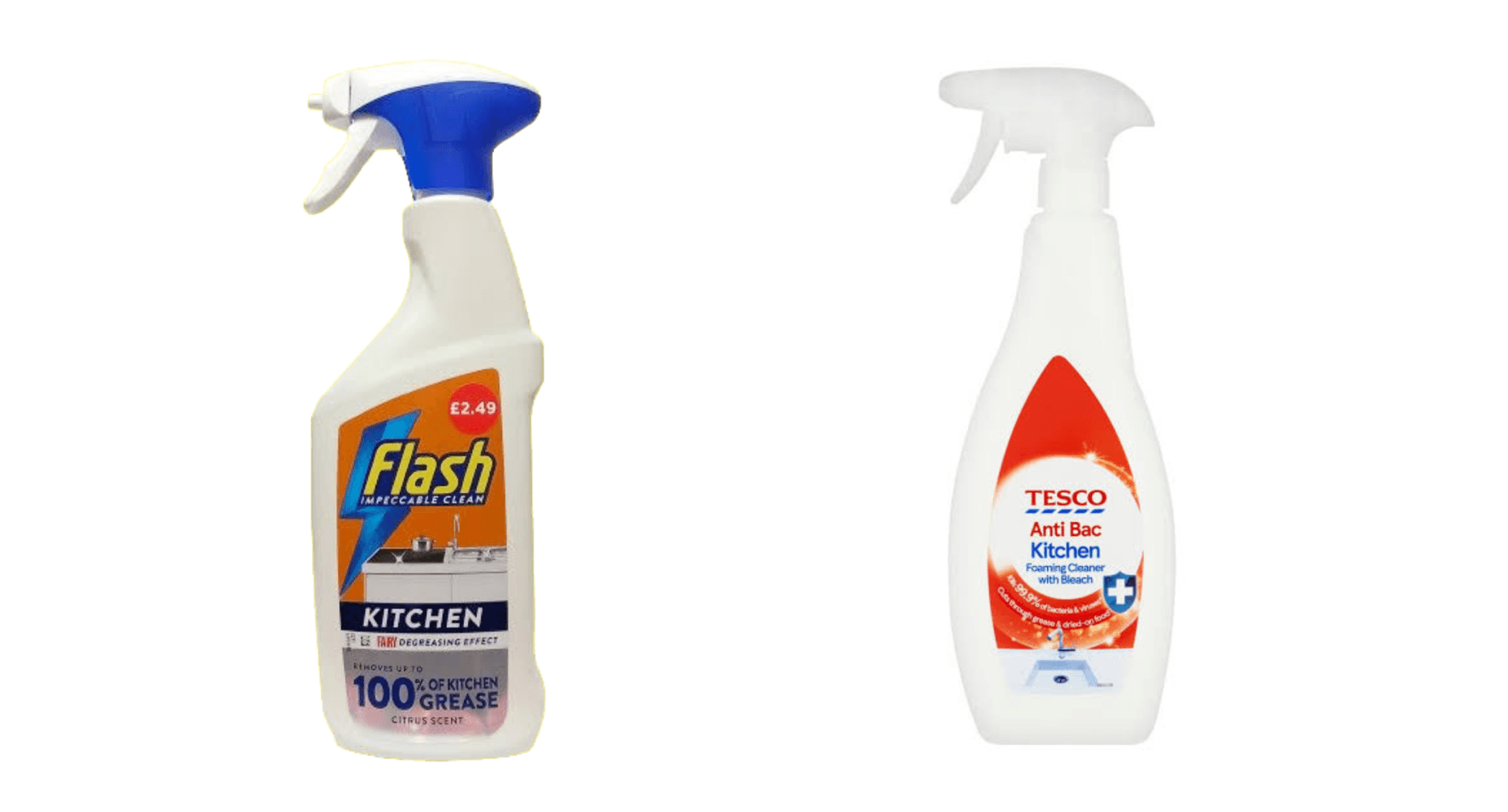
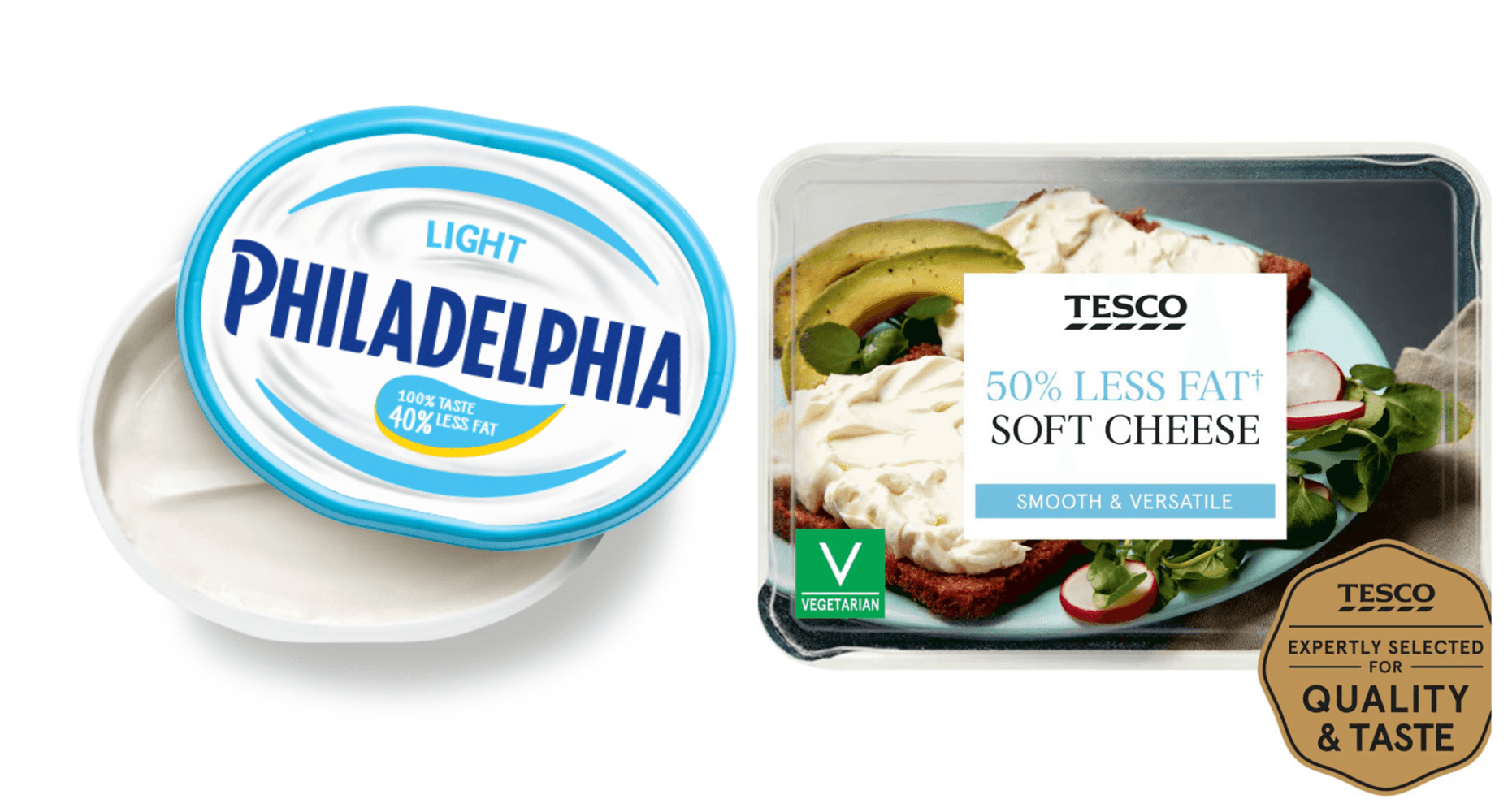
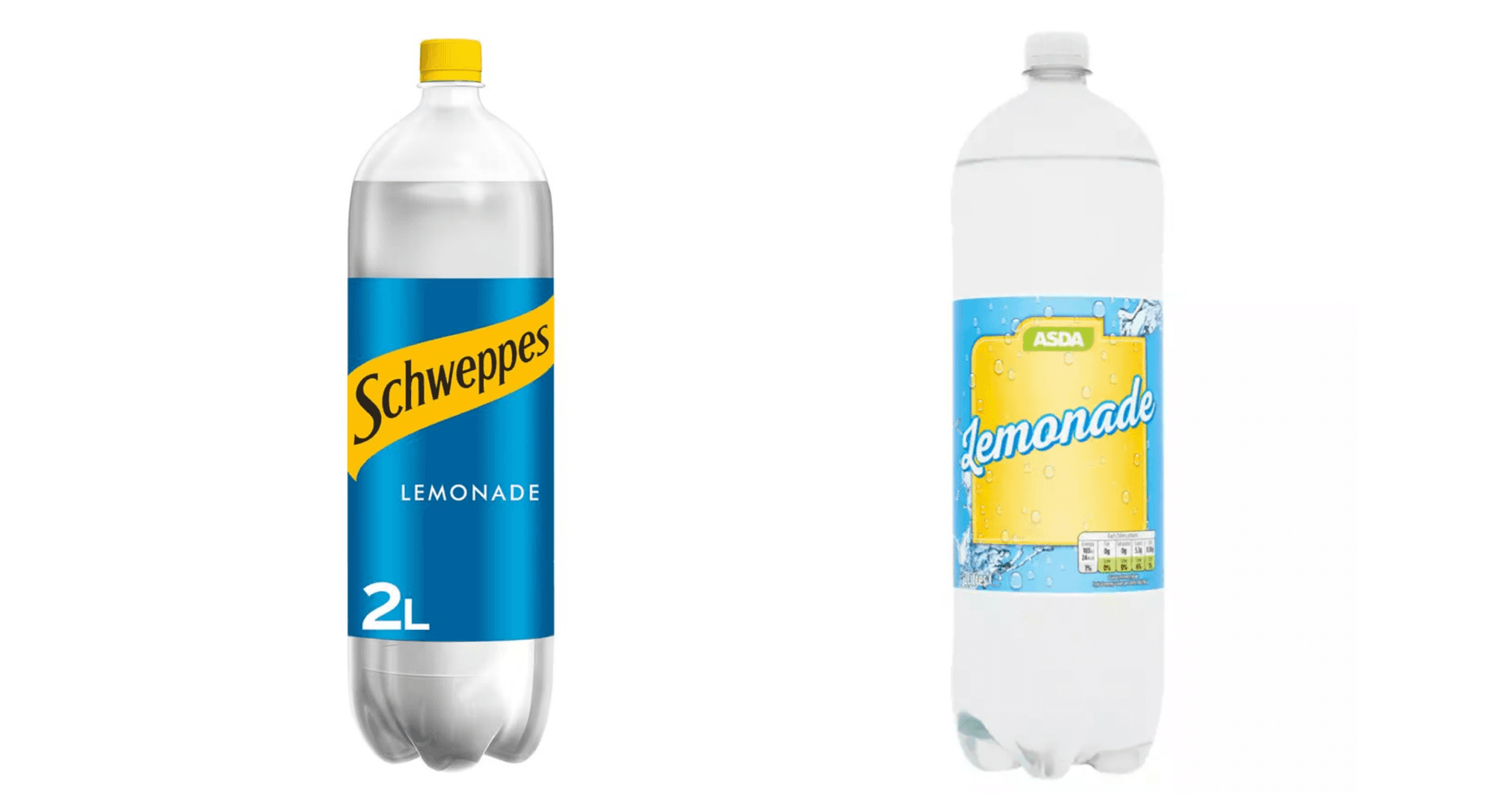
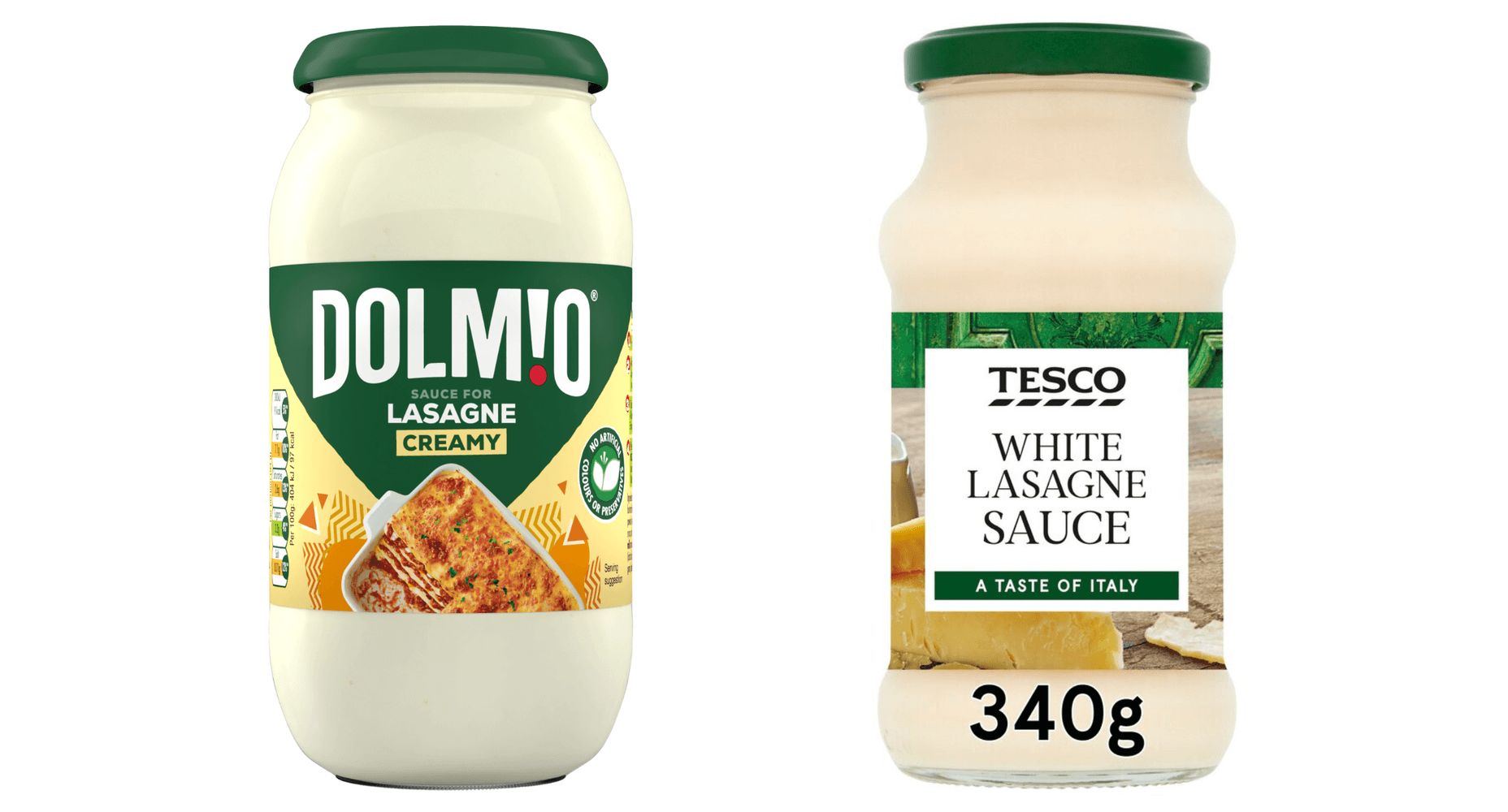
The experiences of Christine, Callum, Michelle and co. provide further evidence that CPG brands would do well by moving away from developing ‘optimal’ product experiences that attempt to please all the people, all the time. At this time, most product developers are tasked with achieving exceptional ‘just about right’ (JAR) scores, for example. In my view, this kind of approach must be left for private label.
Brands, on the other hand, must focus their efforts on elevating what people already love most, moving towards more distinctive profiles - even if this alienates some buyers. With supermarket brands increasingly perceived to be ‘better’, brands must work out how they can be less substitutable, and take a leaf out of Fanta's book, playing right to the heart of FOMO!
Insights

06 Jan, 2026
Beyond Trend Hunting: Five Shifts Worth Betting On in 2026
Read MoreInsights
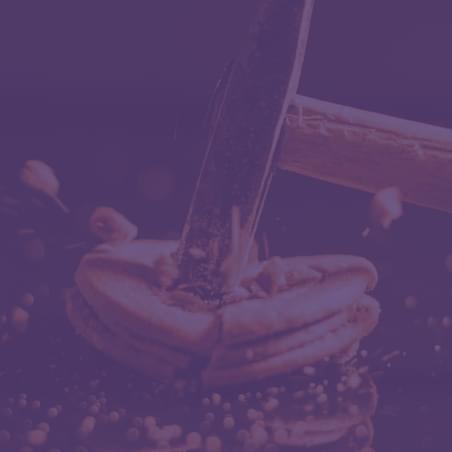
28 Nov, 2025
Five Products: Showing How Sound Shapes Modern Consumer Experience
Read MoreNews

25 Nov, 2025
'If Your Product Updates Don’t Match the Frequency of Smartphone Upgrades, You'd Better Rethink Your Strategy.”
Read More